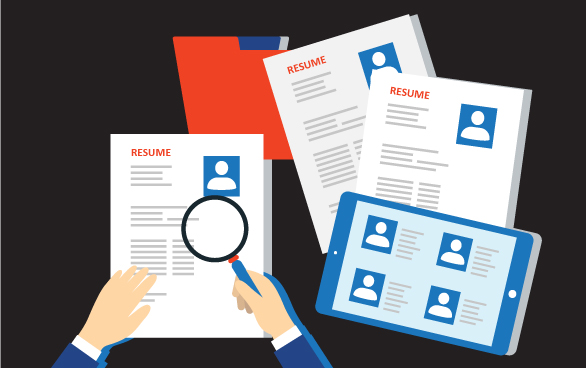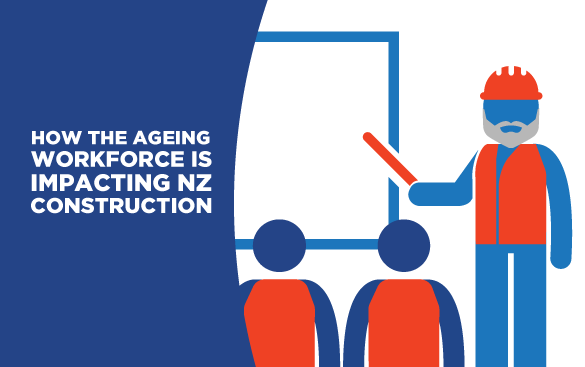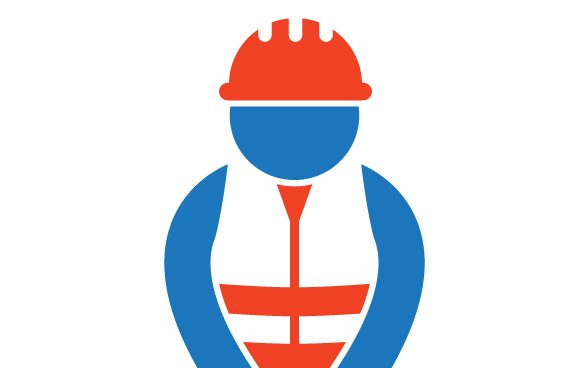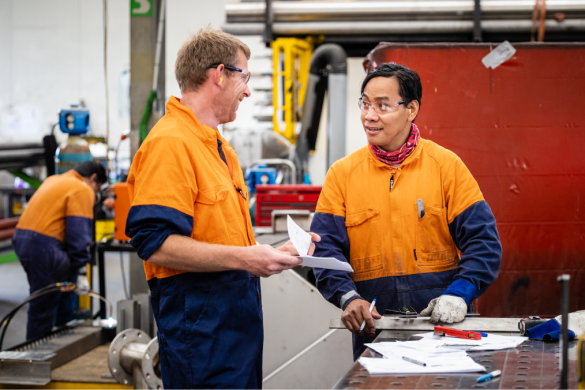It’s likely that recent events have disrupted your routine and left you considering the most fruitful ways to spend your time. Why not give some time and thought to polishing up your Construction CV! It’s your first opportunity to make a good impression on prospective employers, so it’s essential to ensure that your talent, skills and experience shine through.
Even though we are all familiar with their function many of us find that writing a CV effectively is one of the most challenging aspects of searching for a new job. That’s why we’ve put together this guide on how to write a CV, along with a downloadable CV template to help you get started.
Photo or No Photo?
It’s a common misconception that you should include a photo on your CV – but in fact, unless you’re applying for modelling work, it really isn’t necessary; construction jobs, in particular, have no need for a photograph. Instead, let employers judge you on your skills, qualifications and experience alone.
Not only can a photo potentially encourage unconscious biases from hiring managers, but it can make your CV look outdated. The best approach is to save the professional photo for your LinkedIn account. Just don’t forget to add a link in your CV so they can find your profile!
Go Long
In this digital age, where CVs are mostly emailed as PDFs or Word documents, length isn’t something you should be too concerned about. That said, it’s still important to avoid big, hard-to-read blocks of text. Bullet points are your friend!
As long as all the points included are appropriate for the job, you’re on the right track. Typically, it’s the most recent roles, skills and qualifications that will be more relevant than older ones (which may not even be necessary). Including less detail for less relevant roles will help you keep the CV at a good length without cutting vital information.
Keywords
With most CVs being digital, it also means they are often being loaded into databases. Employers and recruiters will use keywords to search through these databases, so keep this in mind when writing up yours. If you’ve got certain skills or certifications, think about how someone would search for those, and try to write them in that way.
A good place to start is to analyse the job advertisement or description and highlight any words or phrases that are repeated or stand out; these are likely the terms the employer will be looking for in applicants’ CVs.
Cover Letters
Cover letters have long been the companion piece of CVs, and with CVs now being sent by email, we’re often seeing people attach a cover letter alongside it. You don’t need to do this! Instead of sending it as a separate attachment, use your cover letter as the email itself. It gives the hiring manager less to open up and makes the process quicker and easier for them.
Don’t forget to ensure the cover letter is tailored specifically to the Construction job you’re applying for, including addressing why you’re interested and why you’re a good fit for the role.
For more CV tips and other job searching advice, check out our other blog posts or download our free CV template, which you can fill in for yourself. For support with finding Construction jobs and navigating the Construction recruitment process in New Zealand, contact our team today.










